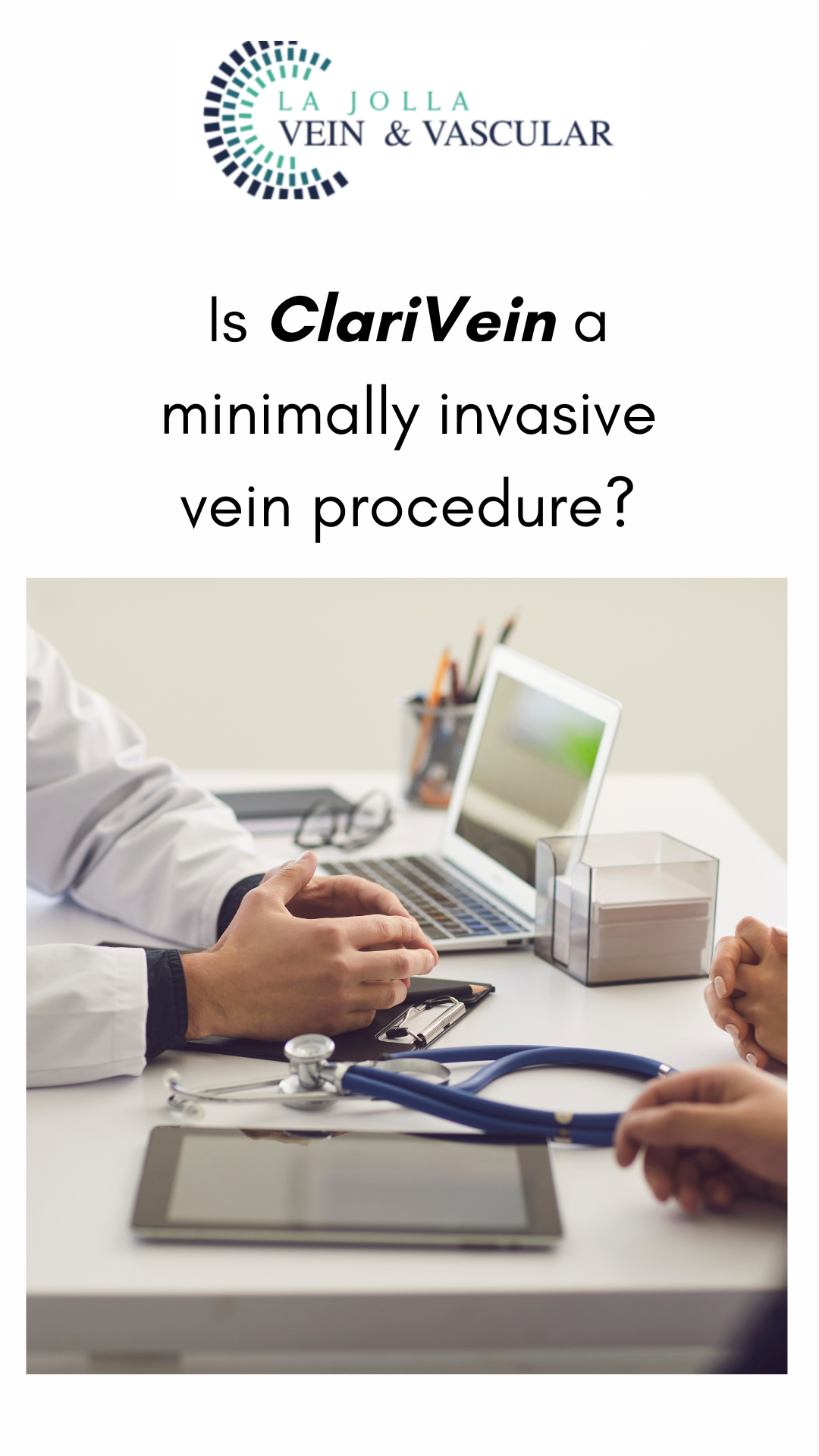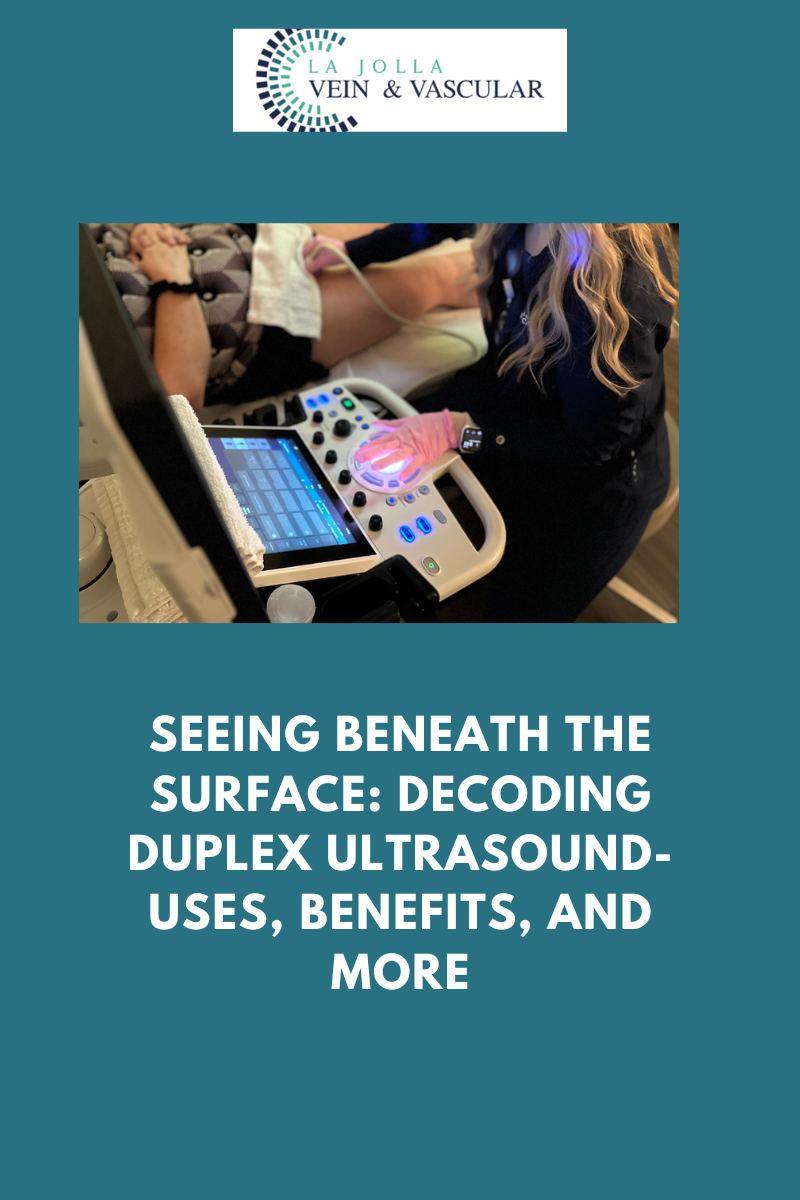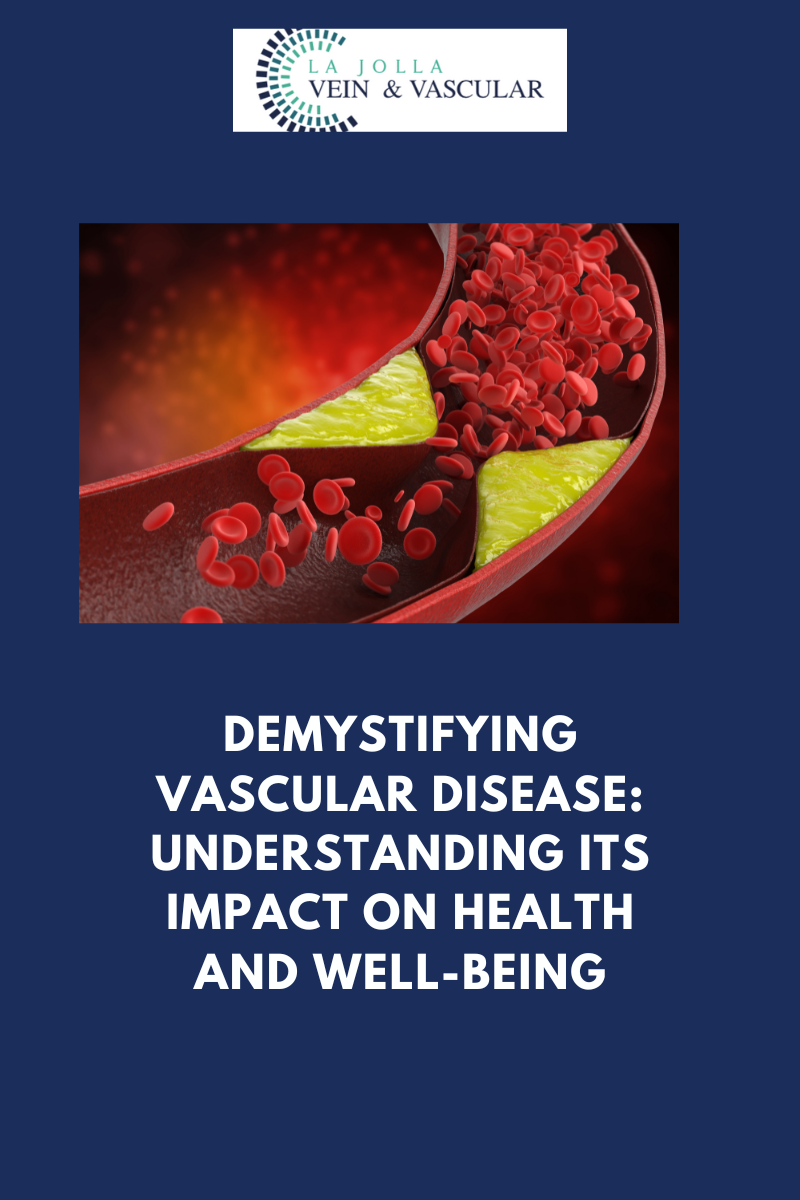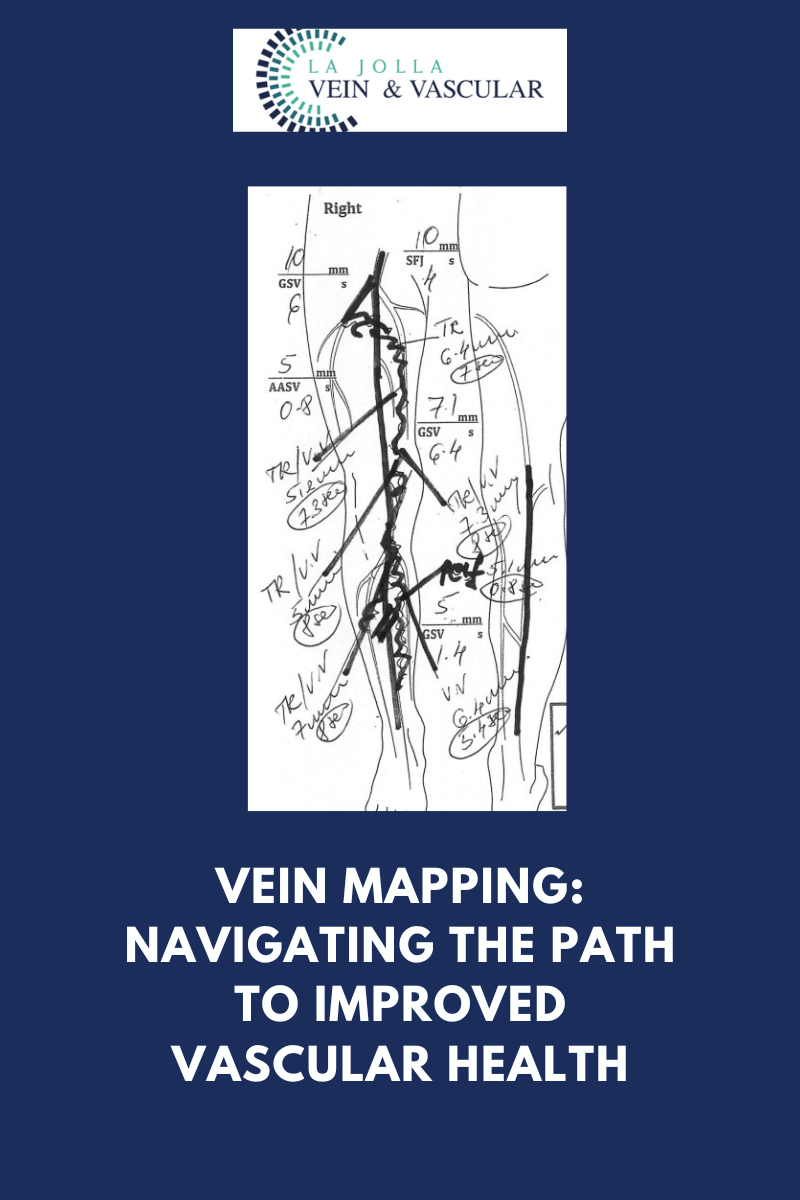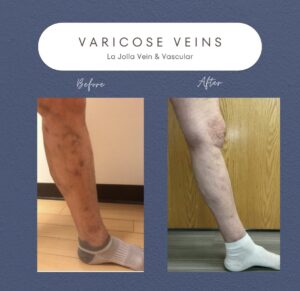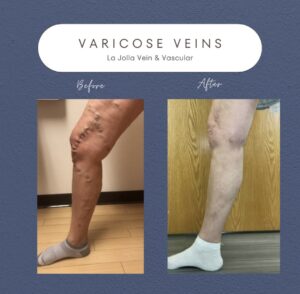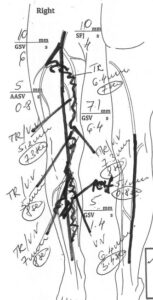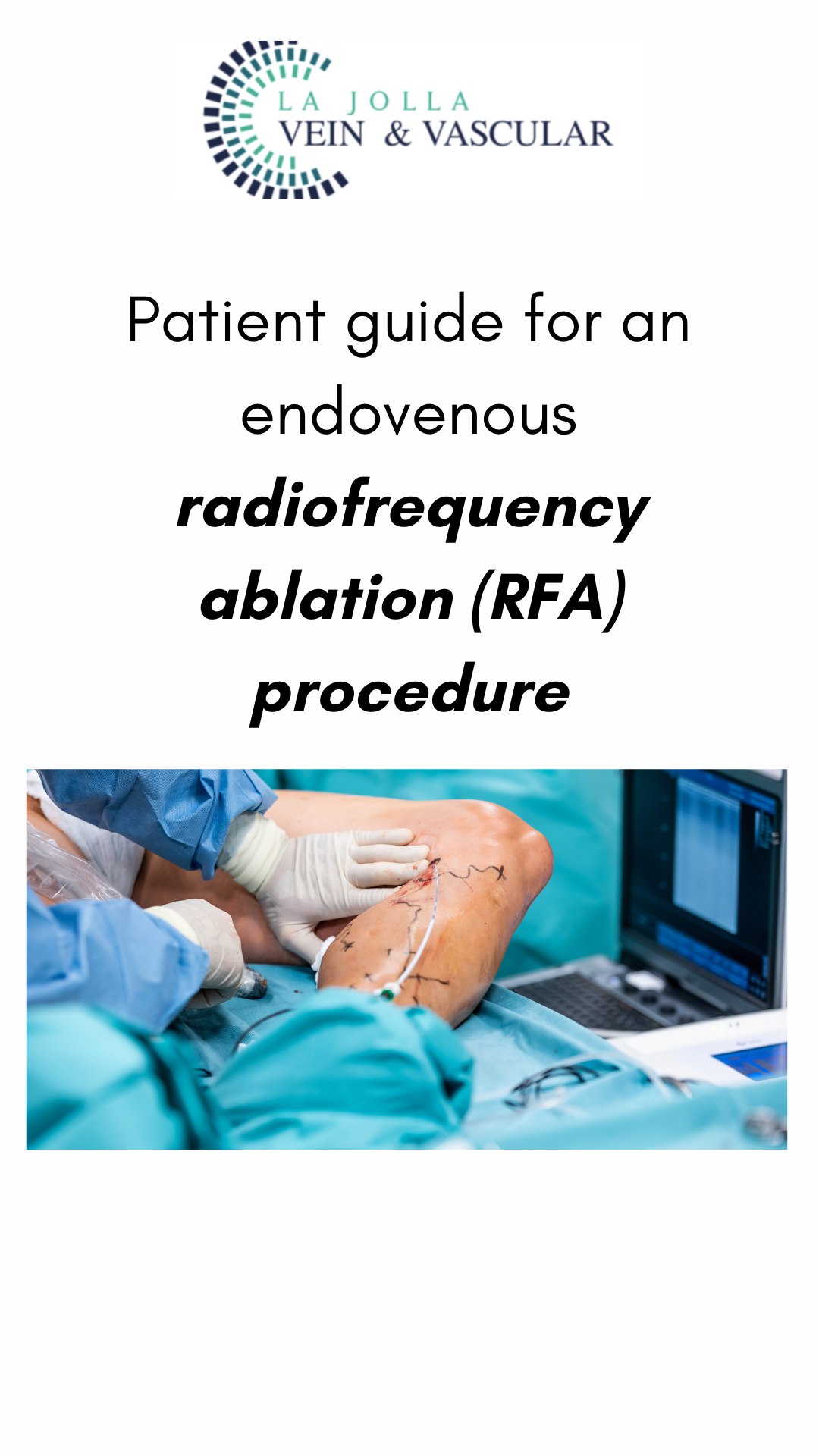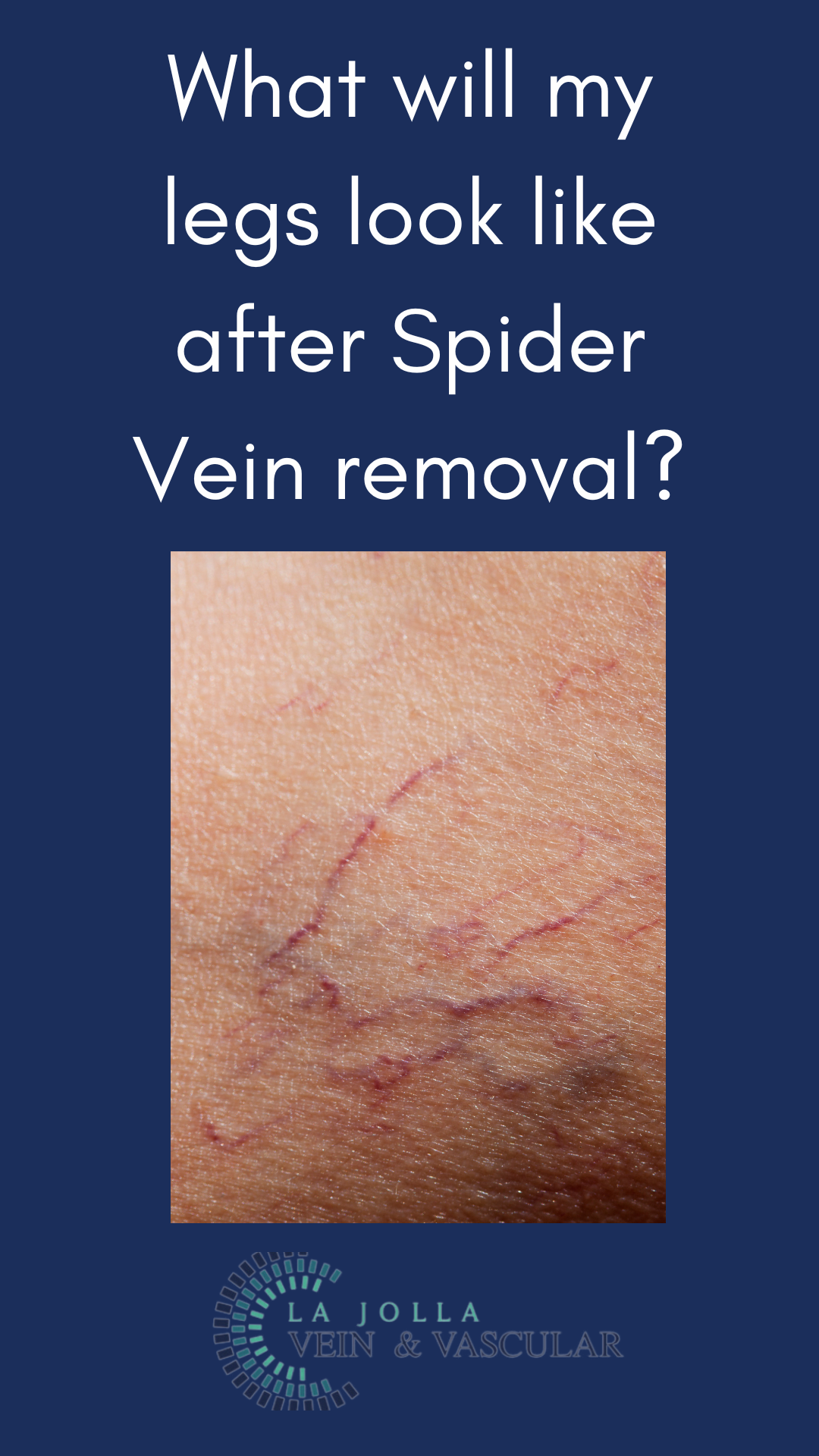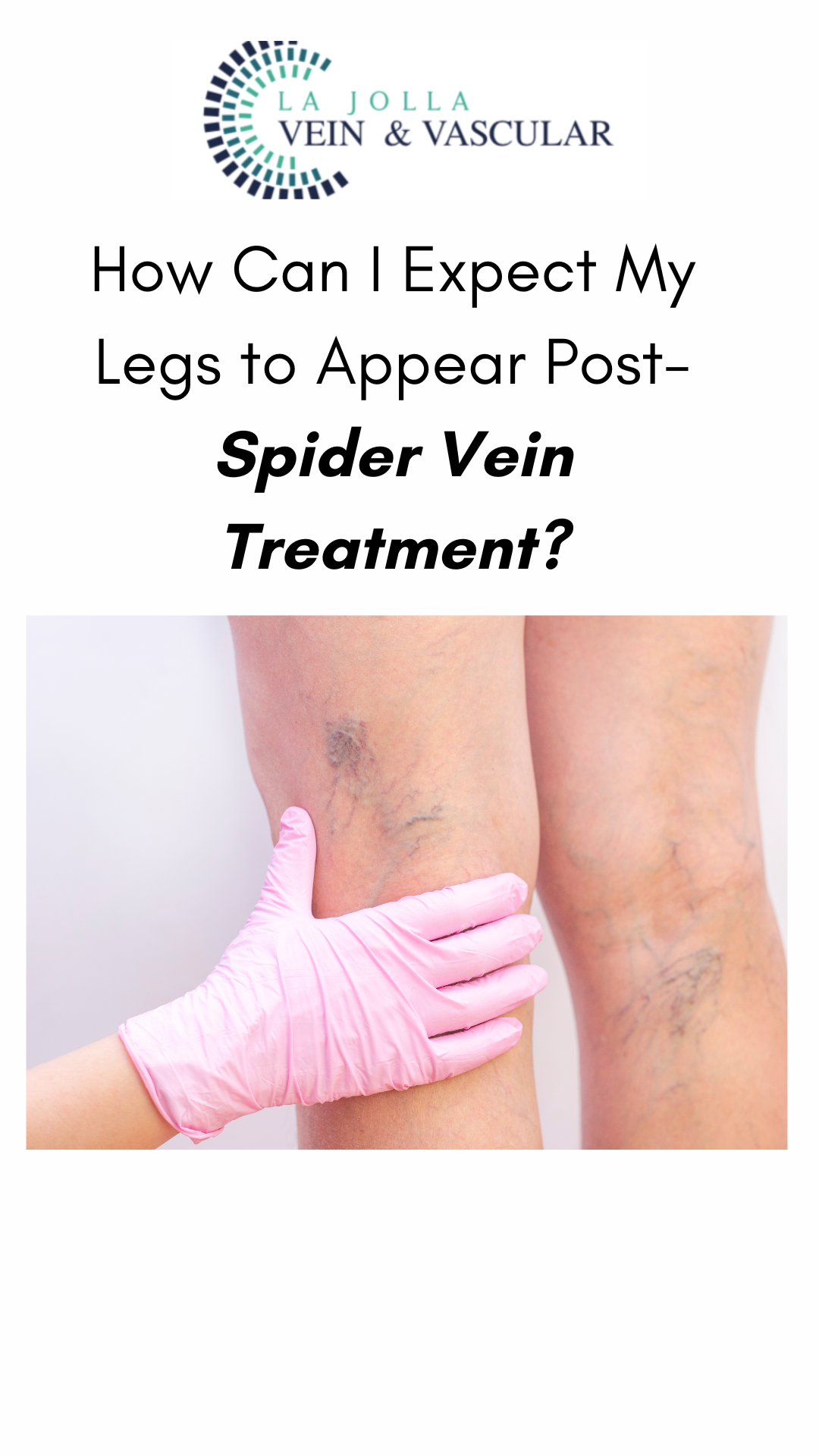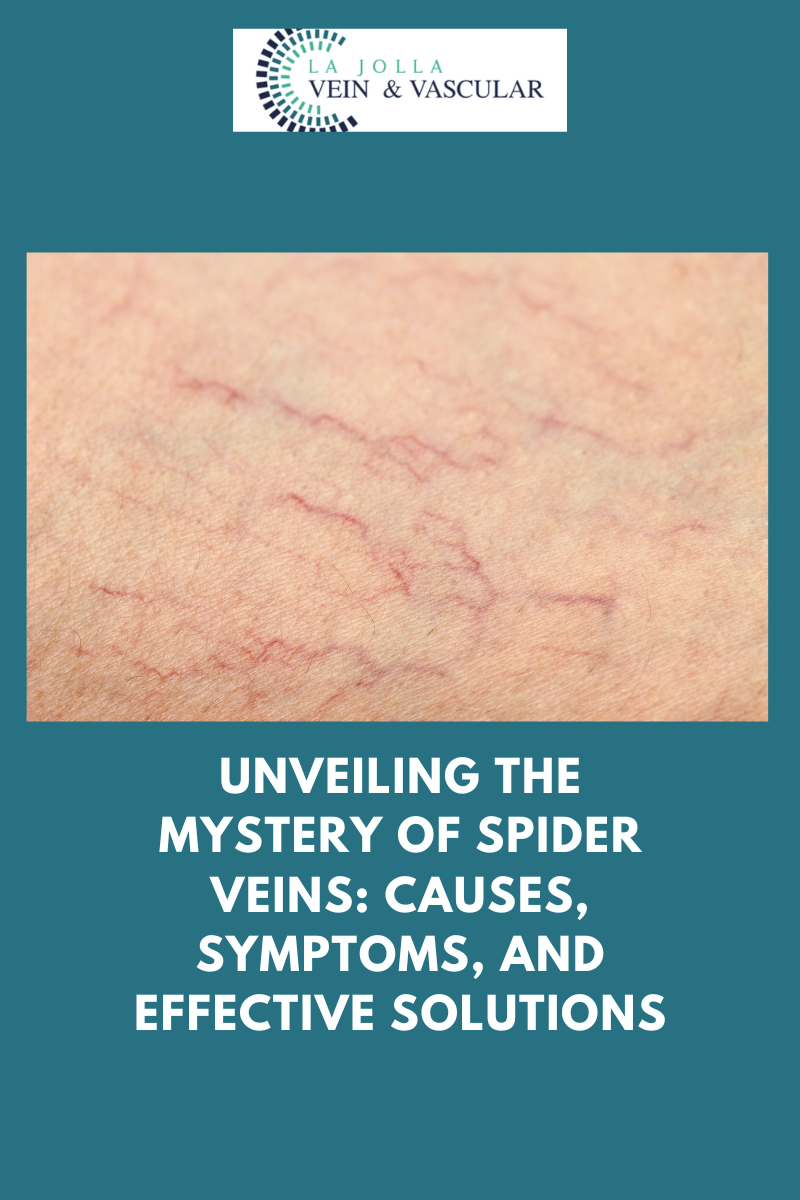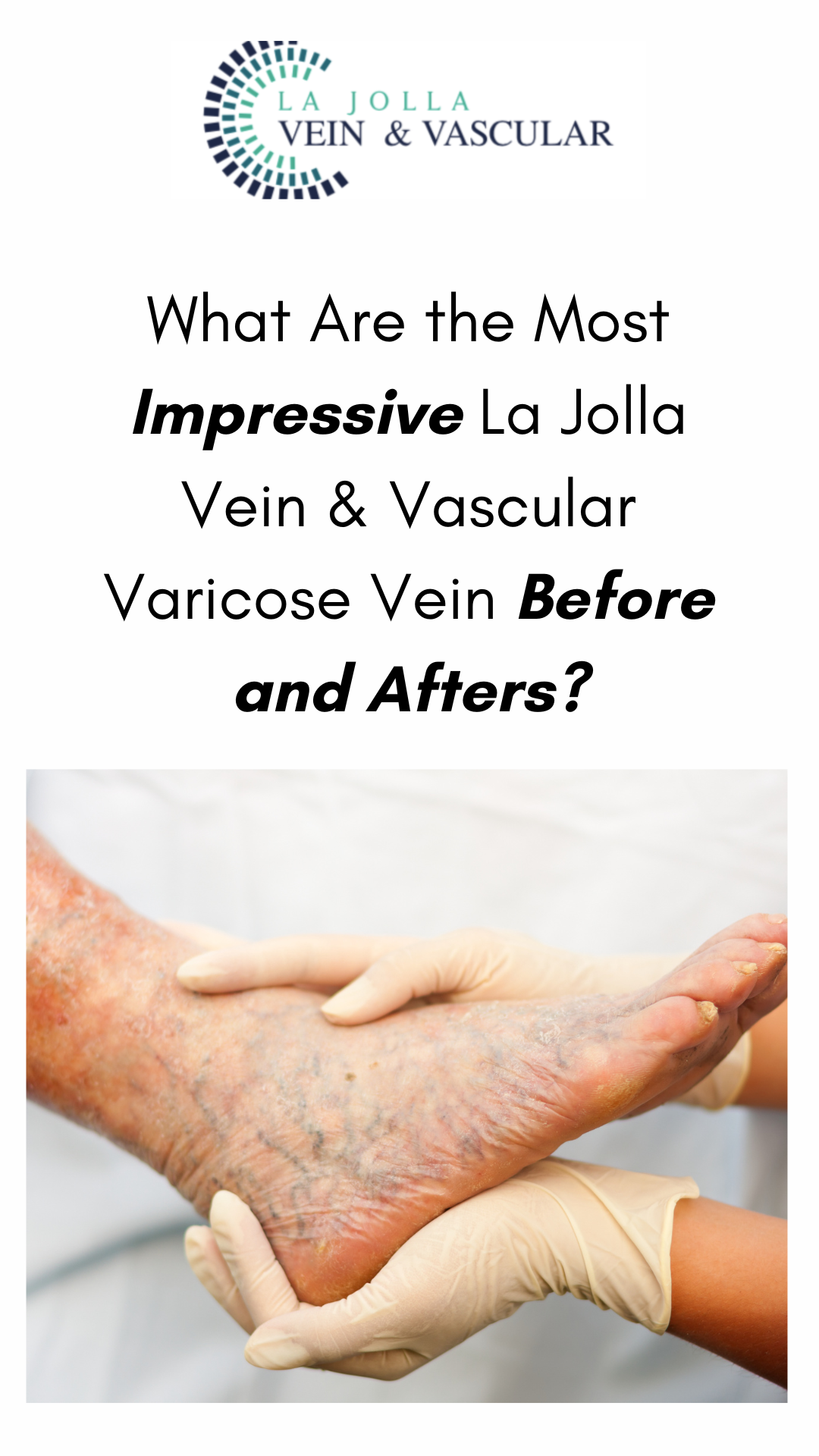Is ClariVein a minimally invasive vein procedure?
LJVascular2024-06-03T10:38:26-07:00ClariVein emerges as a revolutionary procedure designed to address the issue of backward flow, or “reflux,” in the saphenous vein system, comprising the great and small saphenous veins. As key superficial veins of the leg, these vessels play a crucial role in blood circulation. However, when reflux occurs, it can lead to varicose […]

